Psyllium, known scientifically as Plantago ovata, is an annual herbaceous plant belonging to the Plantaginaceae family. Native to Asia, the Mediterranean and North Africa, Psyllium is cultivated in various parts of the world for its seeds and the cuticles that surround them, both components rich in soluble fibre. These fibres, once ingested, have the ability to absorb water, increasing in volume and forming a gelatinous mass which facilitates intestinal transit.
The main difference between Psyllium powder and Psyllium cuticle lies in the part of the plant from which they are derived and in the manufacturing process. Psyllium powder is obtained by grinding the whole seeds of the plant, while the cuticle, or seed coat, is the external part of the seed, which is separated and then ground or sold whole. Psyllium cuticle is particularly rich in psyllium, a soluble fiber that has notable beneficial effects on the digestive system.
In gluten-free preparations, psyllium is used mainly for its binding and thickening properties. Gluten, a protein present in cereals such as wheat, barley and rye, gives elasticity and structure to dough. In gluten-free recipes, psyllium can mimic these properties, improving the texture of baked goods and helping to maintain their shape during baking.
Psyllium production is mainly concentrated in India, which is the world's largest producer and exporter. Other countries that grow psyllium include Pakistan, Iran and some Mediterranean countries. India dominates the global market thanks to its vast cultivable areas and favorable climatic conditions.
The use of Psyllium as a dietary supplement and ingredient in culinary preparations dates back centuries, with a history of use in traditional Indian medicine (Ayurveda) to treat a variety of digestive disorders.
10 reasons to use Psyllium in a gluten-free diet:
1. Improves the structure of doughs, making them more elastic and manageable.
2. Increases the volume and softness of baked goods.
3. Acts as a gluten substitute, offering a solution for those suffering from celiac disease or gluten intolerance.
4. Contributes to the daily intake of fibre, essential for intestinal health.
5. Helps regulate intestinal transit, preventing constipation.
6. It can contribute to weight control, thanks to the feeling of satiety it causes.
7. It has a low glycemic index, suitable for those following diets to control blood sugar.
8. It is naturally free of gluten, lactose and soy, making it suitable for various restrictive diets.
9. Improves moisture retention in baked goods, prolonging their freshness.
10. It is versatile and can be used in different recipes, from bread to desserts.
10 reasons why not to use Psyllium in a gluten-free diet:
1. May cause bloating and gas in some individuals, especially if not accustomed to high doses of fiber.
2. It requires an adequate intake of liquids, otherwise it can aggravate constipation rather than relieve it.
3. Some people may develop an allergic reaction or sensitivity to Psyllium.
4. The flavor and texture of the finished products may vary from traditional gluten products.
5. Cost may be higher than other gluten-free thickeners and binders.
6. Its high absorption capacity may require adjustments in the proportions of liquid ingredients in recipes.
7. May interfere with the absorption of some medications if taken at the same time.
8. It is not always easily available in all supermarkets or specialized food shops.
9. Requires experimentation to achieve desired results in the kitchen, due to its unique composition.
10. In some people, excessive use can lead to excessive satiety, limiting the intake of other important nutrients.
In conclusion, psyllium offers numerous benefits in a gluten-free diet, but as with any ingredient, it is important to consider potential contraindications and adapt its use to your individual needs and tolerances.
Psyllium fiber
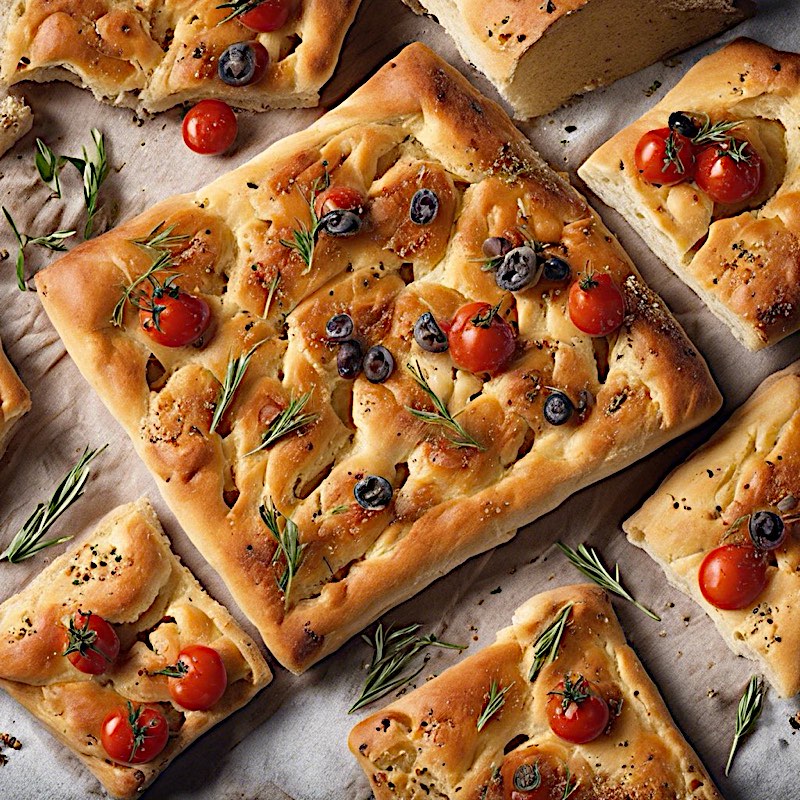


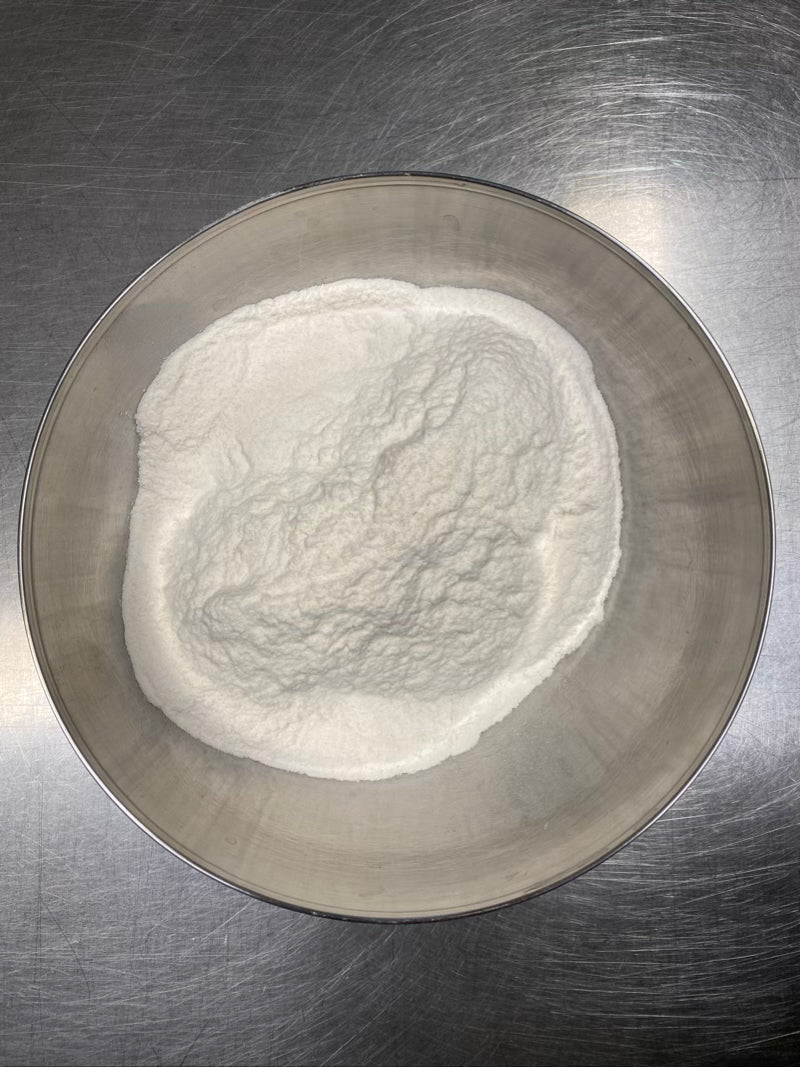
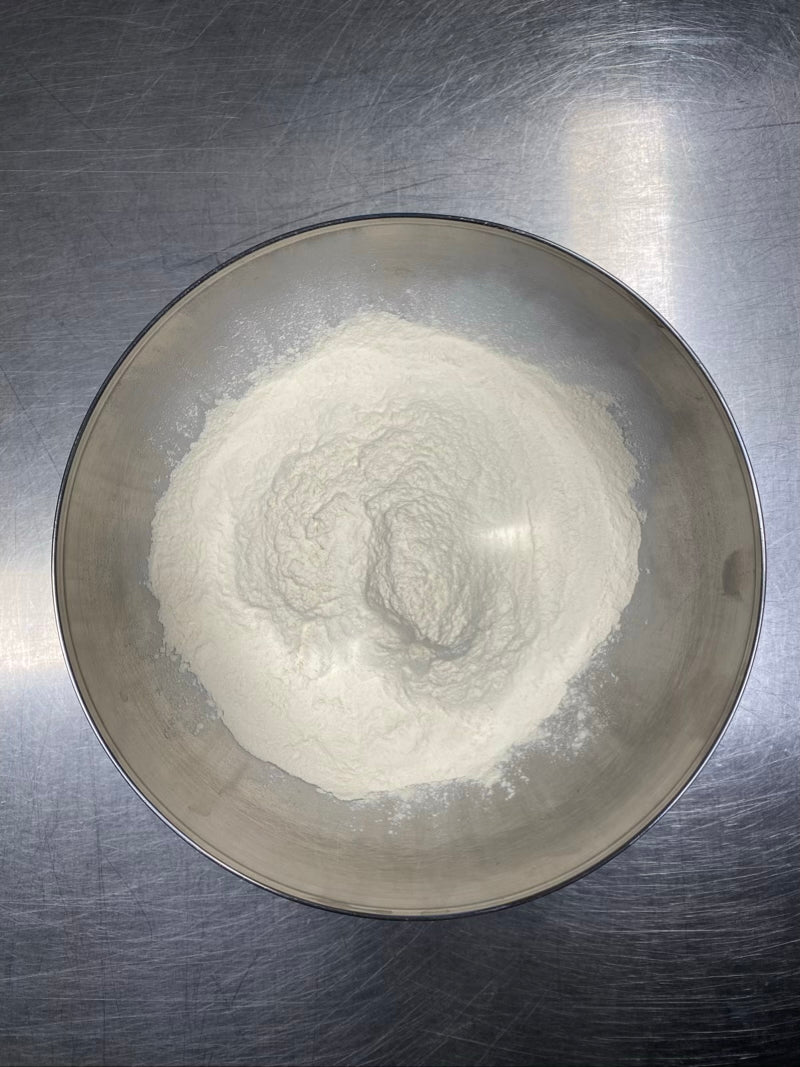
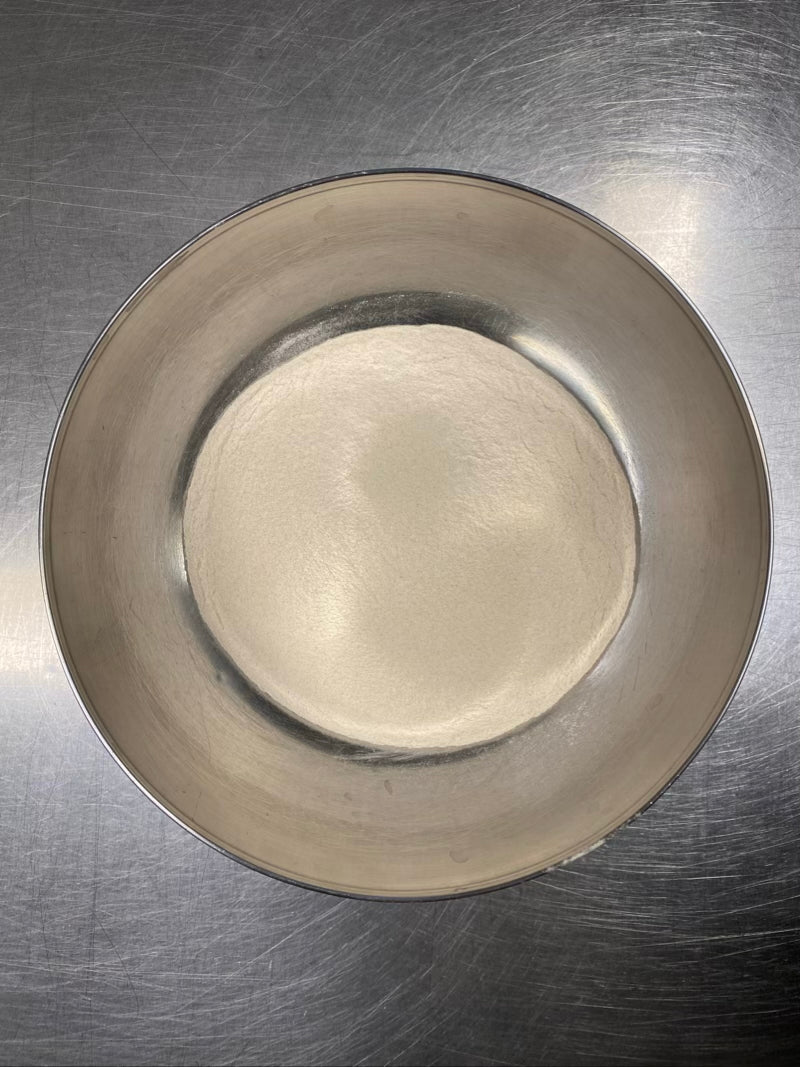
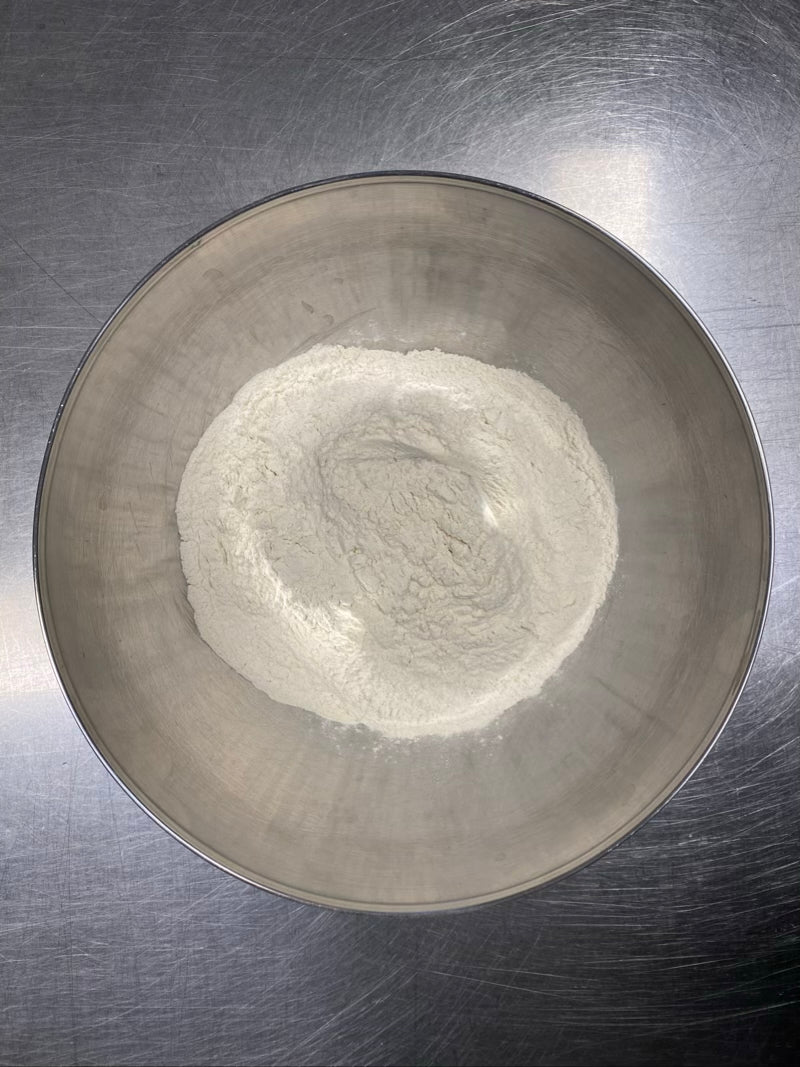
Share:
Easter, origin and tradition
HPMC, what is..?